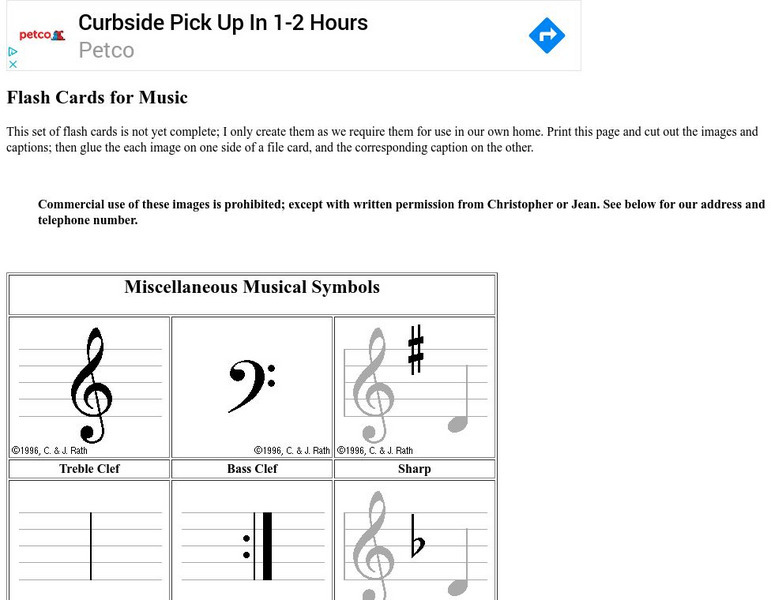Toby Rush
Music Theory: Suspensions [Pdf]
A music theory worksheet regarding suspensions. Requires Adobe Reader [PDF].
Open Curriculum
Open Curriculum: Articulation
To understand the concept of articulation and common articulations used
Open Curriculum
Open Curriculum: Clef
To understand how the clef symbol on a music staff works and its importance
Open Curriculum
Open Curriculum: Dots, Ties, and Borrowed Divisions
To explain the role of dotted notes, tied notes, and borrowed divisions in getting note lengths other than halves
Open Curriculum
Open Curriculum: Duration: Note Lengths in Written Music
To define and understand the duration of notes
Open Curriculum
Open Curriculum: Dynamics and Accents in Music
To define and provide an overview of dynamics and accents
Open Curriculum
Open Curriculum: Enharmonic Spelling
To provide an explanation of notes, chords, keys and scales using enharmonic notes
Open Curriculum
Open Curriculum: Introduction to Reading Music
To provide suggestions for learning music independently and accurately
Open Curriculum
Open Curriculum: Meters in Music
To learn about meters and how to recognize and classify different meters
Open Curriculum
Open Curriculum: Pitch: Sharp, Flat, and Natural Notes
To understand the definition of a pitch, its effect on notes, and the associated symbols.
Open Curriculum
Open Curriculum: Repeats and Other Musical Road Map Signs
To learn about repeats and common methods of expression repetition of previous measures
Open Curriculum
Open Curriculum: Scoring Music: Writing for Specific Instruments
To provide basic guidelines for writing music for particular instruments
Open Curriculum
Open Curriculum: The Staff
To understand and learn about the staff and how it is used in writing music
Open Curriculum
Open Curriculum: Time Signatures
To explain and understand the role of the time signature on a musical staff
Open Curriculum
Open Curriculum: Duration: Rest Length
Explains the different types of rests and their effect on the music.
Other
Music Theory First Aid for Struggling Students
This site provides music theory information on such topics as rhythm, intervals, scales, chords, etc. Also, there is a fine section which describes the basic concepts of form and structure.
Quia
Quia: 2003 Music Review
Play musical Jeopardy! Test your knowledge of sound, instruments of the orchestra, music elements, music notation, and rhythm. Play this interactive game by yourself, or with a friend!
Music Education
Learning to Read Music: Basic Counting
Apply basic knowledge of reading music by counting beats and reading notes. Here are some simple lines of music which incorporate different types of notes and patterns in common time.
Music Education
Learning to Read Music: Basic Counting, Part 2
Beginning musicians can practice reading notes and counting beats using this resource that also provides several lines of music with different types of notes, rests, and time signatures.


![Music Theory: Suspensions [Pdf] Website Music Theory: Suspensions [Pdf] Website](https://d15y2dacu3jp90.cloudfront.net/images/attachment_defaults/resource/large/FPO-knovation.png)






















